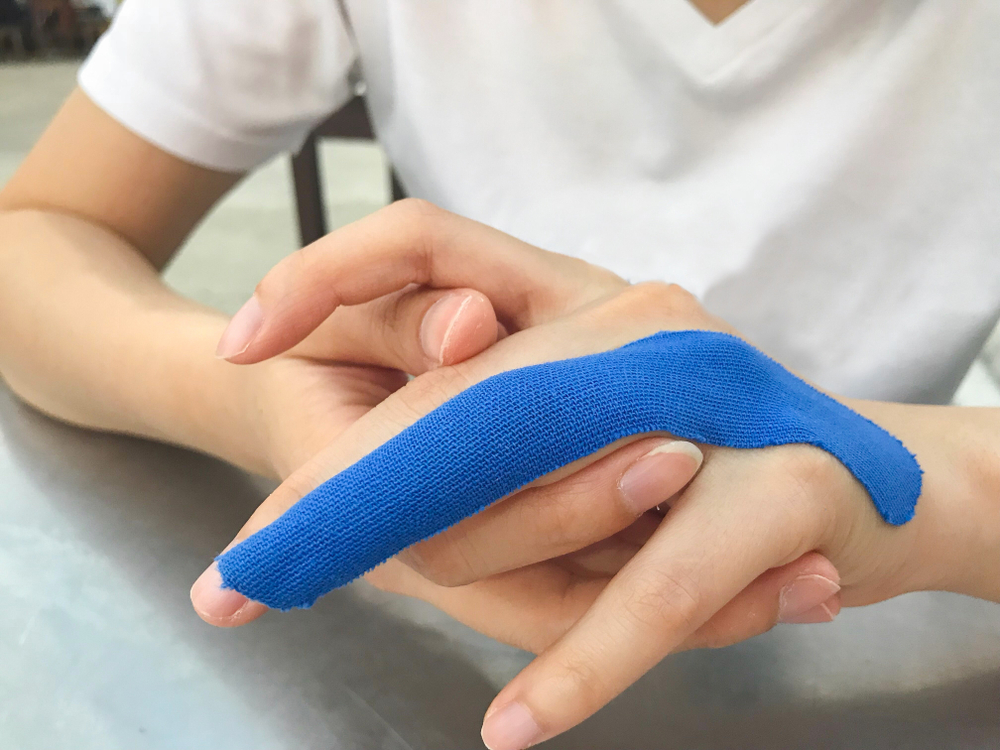Search
Find a Physician
Trigger finger, also known as stenosing tenosynovitis, is a condition in which one or more of your fingers gets stuck in a bent position or straightens with a snap, like a trigger being pulled and released.
Trigger finger affects the tendons in your fingers, which control movement. When straightening and bending your finger normally, the muscles in your fingers contract and a tendon slides through the narrow tunnel, known as the tendon sheath.
With trigger finger, however, the tendon becomes inflamed and swollen and a nodule (bump) may form, preventing the tendon from sliding through the mouth of the sheath tunnel smoothly.
Consequently, when you try to straighten your finger, you might hear a pop and notice your finger suddenly shooting out, which is what happens when the tendon manages to squeeze through the narrowed opening.
In more severe cases, however, your finger can get stuck in the bent position. Trigger finger can affect one or more digits, including your thumb. Although trigger finger can be alarming and painful, it isn’t dangerous.
Hand strain from thumb texting or sports-related activities, such as volleyball, can bring on trigger finger. In general, trigger finger is more common in people with diabetes and rheumatoid arthritis as well as women between ages 40 and 60.
To diagnose trigger finger, you don’t need an X-ray or other tests. Your OINJ orthopedic hand doctor will simply examine your hand. Treatment typically involves resting your injured finger and splinting. Your OINJ hand doctor may also suggest over the counter medications, such as acetaminophen for pain relief.
In more severe cases, steroid injections into the tendon sheath (tunnel) may be necessary to relieve inflammation.
If your finger still remains in the bent position, your OINJ hand doctor may recommend surgery to cut and ultimately widen the opening of the sheath so the tendon can slide through. The surgery usually takes 30 minutes or less.
OINJ PHYSICIAN’S ADVICE
In more advanced cases, treating trigger finger is a process. A steroid injection into the tendon sheath at the base of the trigger finger can often resolve the triggering. If your symptoms don’t improve over time, a second injection may help. If that doesn’t stop the triggering, surgery may be the next step.
Christian J. Zaino, MD
MD, OINJ Orthopedic Hand and Wrist Surgeon

